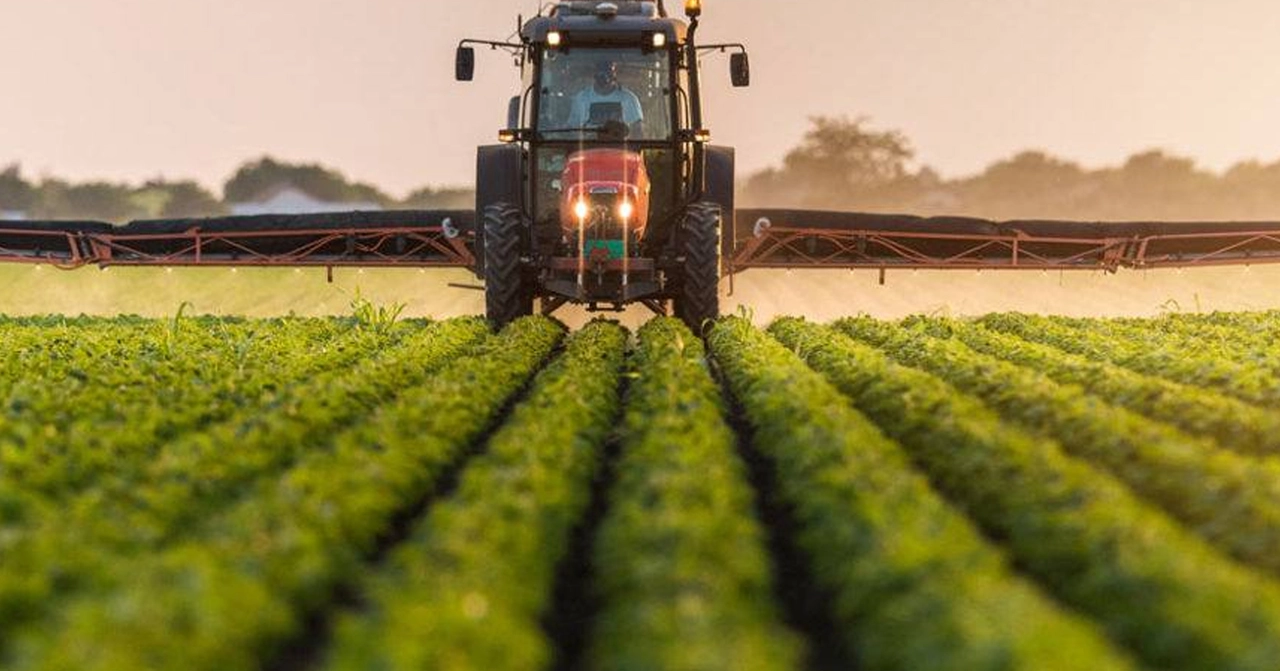Ampicillin is a well-known antibiotic used mainly in veterinary medicine and sometimes in plant work. Farmers and vets use it to treat bacterial infections in animals and in specific plant processes—when used properly it helps keep herds healthy and crops productive. Misuse, though, speeds up antibiotic resistance and can create big problems for animal and human health. Here’s a straight, useful look at what ampicillin does, where it’s used, and how to handle it safely on the farm.
In livestock, ampicillin treats infections caused by susceptible bacteria. Common uses include treating respiratory infections, certain wound infections, and some types of mastitis — always under vet guidance. Vets pick it because it works against a range of Gram-positive and some Gram-negative bacteria. In plant work, ampicillin appears mainly in tissue culture and lab settings to prevent bacterial contamination; it’s not a routine field spray for crops. If you hear of antibiotics being applied to crops in the field, ask for specifics and legal approvals—many countries restrict that practice.
Routes of administration differ by case. For animals, vets may give ampicillin by injection or orally, depending on the formulation and the species. For plant tissue work, it’s added to culture media at controlled doses. Never mix veterinary formulations into sprays for fields unless a qualified agronomist and local regulations allow it.
First, always work with a vet. They diagnose, choose the right drug, and set withdrawal times so animal products are safe to eat. Keep clear records: which animals were treated, dose, date, and withdrawal period. That protects consumers and your business reputation.
Second, follow the label and laws. Use only approved formulations for the species and purpose. Off-label use without vet oversight can be illegal and risky. Third, focus on prevention: good hygiene, vaccination, proper nutrition, and biosecurity reduce the need for antibiotics in the first place.
Fourth, watch for treatment failure. If animals don’t improve, contact your vet—don’t just increase doses or switch antibiotics yourself. That can drive resistance. Fifth, consider alternatives when appropriate: targeted vaccines, probiotics, improved housing, and selective breeding often reduce infection rates.
Antibiotic resistance is the main reason to act carefully. When bacteria become resistant, commonly used drugs stop working and treatment options shrink. That affects animals and people. Responsible use preserves drug effectiveness for the future.
If you run a farm, treat antibiotics like a shared tool: use them when needed, under guidance, and as part of a broader health plan. That approach keeps animals healthier, products safer, and resistance risks lower.

As a copywriter, I've been researching the use of ampicillin in agriculture, and I've learned that it plays a crucial role in treating infections in both crops and livestock. Ampicillin, a type of penicillin, is effective in combating various bacterial infections that can negatively impact the health and productivity of plants and animals. Farmers rely on this antibiotic to maintain the quality of their produce and the well-being of their livestock. It's important to use ampicillin responsibly, as overuse can lead to antibiotic resistance, posing a threat to both agriculture and human health. Overall, ampicillin is a valuable tool in modern agriculture, helping to keep our food supply safe and abundant.